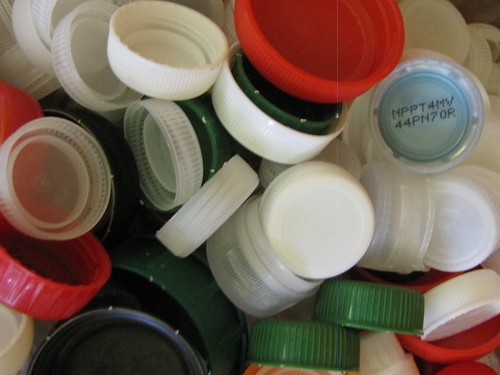As widespread as the environmental movement has become, there is still a large amount of uncertainty and confusion surrounding the recycling industry. So in the interest of dispelling a few common myths, we’ve compiled a short list of misconceptions about recycling alongside the truths of the matters.
Lids and caps have to be removed from bottles before they can be recycled.
This was true in the past, but recycling facilities are perfectly capable of handling caps and lids that are attached to bottles, so no extra care needs to be taken to separate them.
It’s better to put electronics in the trash than in your household recycling bin.
Electronic devices should not be mixed in with all of your other household recyclables, but they should not be thrown in the trash, either. Because they need to be handled separately, there are a number of retailers and manufacturers that offer programs for disposing of unwanted electronics.
But perhaps the most beneficial way to get your unwanted electronics off your hands is to sell them to CJ Environmental. We responsibly recycle electronic devices and pay you for the precious metals that they contain.
All unused prescription drugs should be flushed down the toilet.
According to the FDA, you should first check the drug labels and accompanying patient information for specific instructions for disposal. Sometimes flushing them down the toilet is the best option, but that is not always the case.
If no specific instructions are included, your next step should be to check if a community drug take-back program exists in your area. Finally, failing those two options, prescription drugs can be thrown in the trash—but care should be taken to make pills appear unappealing and unrecognizable by throwing them out with things like kitty litter or coffee grounds and putting them in a sealable container to prevent leakage.
Related Blogs
- Related Blogs on Common Recycling Myths

